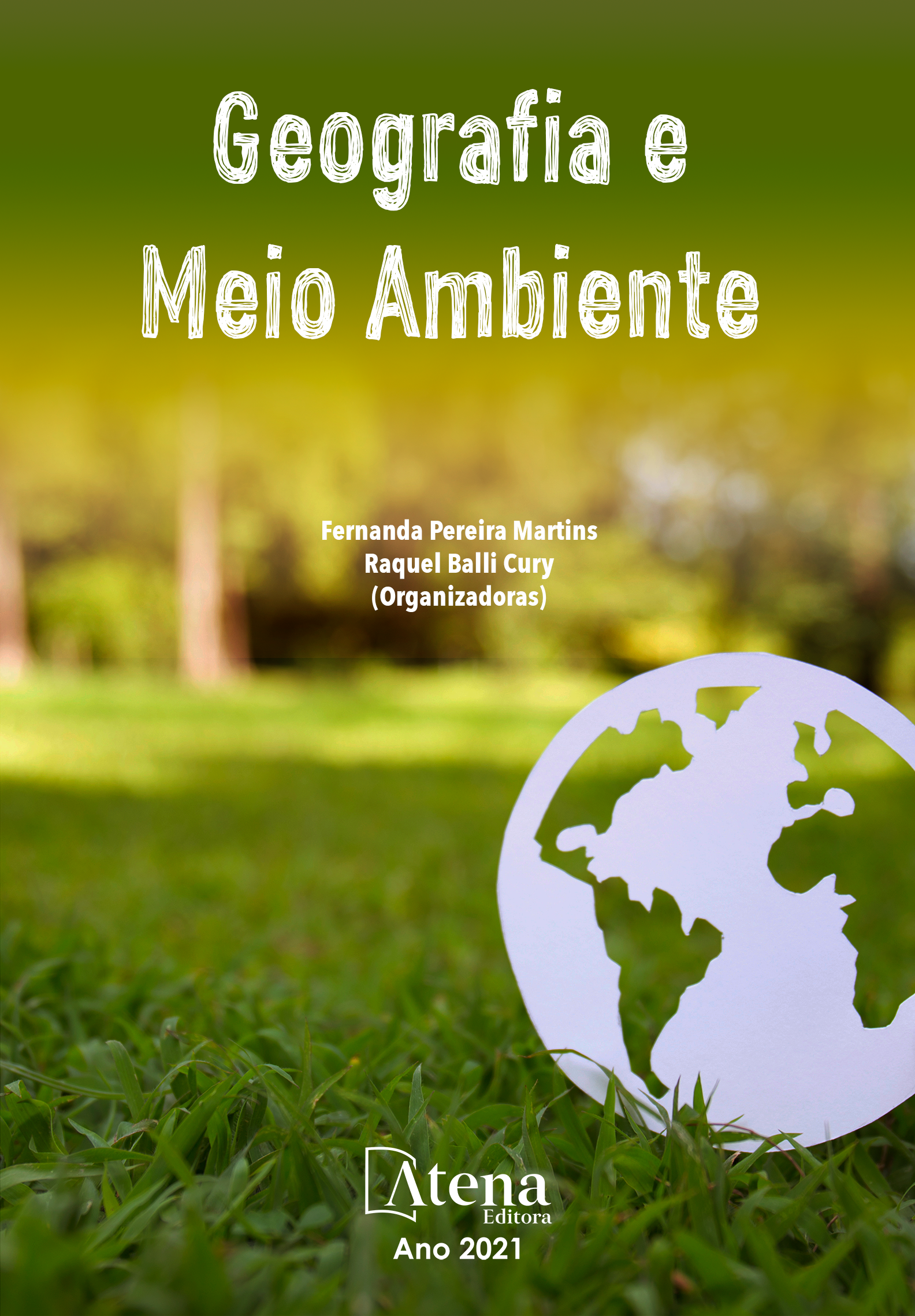
MONITORAMENTO AMBIENTAL DE METAIS PESADOS EM BRIÓFITAS PELA ANÁLISE DE ESPECTROMETRIA DE ABSORÇÃO ATÔMICA – AAS EM GUARAPUAVA, PR
Dentre os aspectos de contaminação ambiental, a poluição por metais tóxicos é importante devido a sua elevada resistência à degradação, toxicidade em baixas concentrações e potencial de bioacumulação, onde a concentração do metal é gradualmente aumentada e consequentemente absorvida pelos organismos e/ou no sedimento. As briófitas (musgos, antoceros e hepáticas) têm demonstrado ser um dos mais aptos bioindicadores no ecossistema terrestre, cumprindo todos os critérios de bom indicador, exibindo uma correlação simples entre a concentração de metal acumulado e a concentração no meio circundante. Este estudo foi realizado ao longo do perímetro urbano de Guarapuava, Estado do Paraná, tendo por objetivo avaliar a variabilidade espacial e temporal da ocorrência e concentração de total de Manganês (Mn), Chumbo (Pb), Cr (Cromo), Magnésio (Mg), Níquel (Ni) e Zinco (Zn), analisada conforme AAS – Atomic Absorption Spectrometry, em briófitas no meio urbano do referido município. A informação prévia de áreas com índices de metais pesados é uma ferramenta útil nos estudos que avaliam a relação entre poluição atmosférica e uso de briófitas como bioindicadores. Apesar de não ter se encontrado níveis significativos de metais pesados em briófitas na área proposta de estudo, a metodologia utilizada mostrou-se um instrumento eficaz de pesquisa e avaliação ambiental, podendo os musgos serem base para estudos de biomonitoramento de ambientes impactados por metais pesados.
MONITORAMENTO AMBIENTAL DE METAIS PESADOS EM BRIÓFITAS PELA ANÁLISE DE ESPECTROMETRIA DE ABSORÇÃO ATÔMICA – AAS EM GUARAPUAVA, PR
-
DOI: 10.22533/at.ed.63521290114
-
Palavras-chave: Biogeografia, análise ambiental, bioquímica aplicada.
-
Keywords: Biogeography, environmental analysis, applied biochemistry.
-
Abstract:
Among the aspects of environmental contamination, pollution by toxic metals is important due to its high resistance to degradation, toxicity in low concentrations and potential for bioaccumulation, where the metal concentration is gradually increased and consequently absorbed by the organisms and / or in the sediment. Bryophytes (mosses, anthoceros and liverworts) have been shown to be one of the most apt bioindicators in the terrestrial ecosystem, fulfilling all criteria of good indicator, exhibiting a simple correlation between the accumulated metal concentration and the concentration in the surrounding environment. This study was carried out along the urban perimeter of Guarapuava, State of Paraná, with the objective of evaluating the spatial and temporal variability of the occurrence and concentration of total Manganese (Mn), Lead (Pb), Cr (Chrome), Magnesium (Mg), Nickel (Ni) and Zinc (Zn), analyzed according to AAS - Atomic Absorption Spectrometry, in bryophytes in the urban area of that municipality. Prior information on areas with heavy metal indexes is a useful tool in studies that assess the relationship between air pollution and the use of bryophytes as bioindicators. Although significant levels of heavy metals were not found in bryophytes in the proposed study area, the methodology used proved to be an effective instrument for research and environmental assessment, and mosses can be the basis for studies on the biomonitoring of environments impacted by heavy metals.
-
Número de páginas: 15
- Ricieli Maria François dos Santos
- Breno Henrique Marcondes de Oliveira
- Glauco Nonose Negrão


